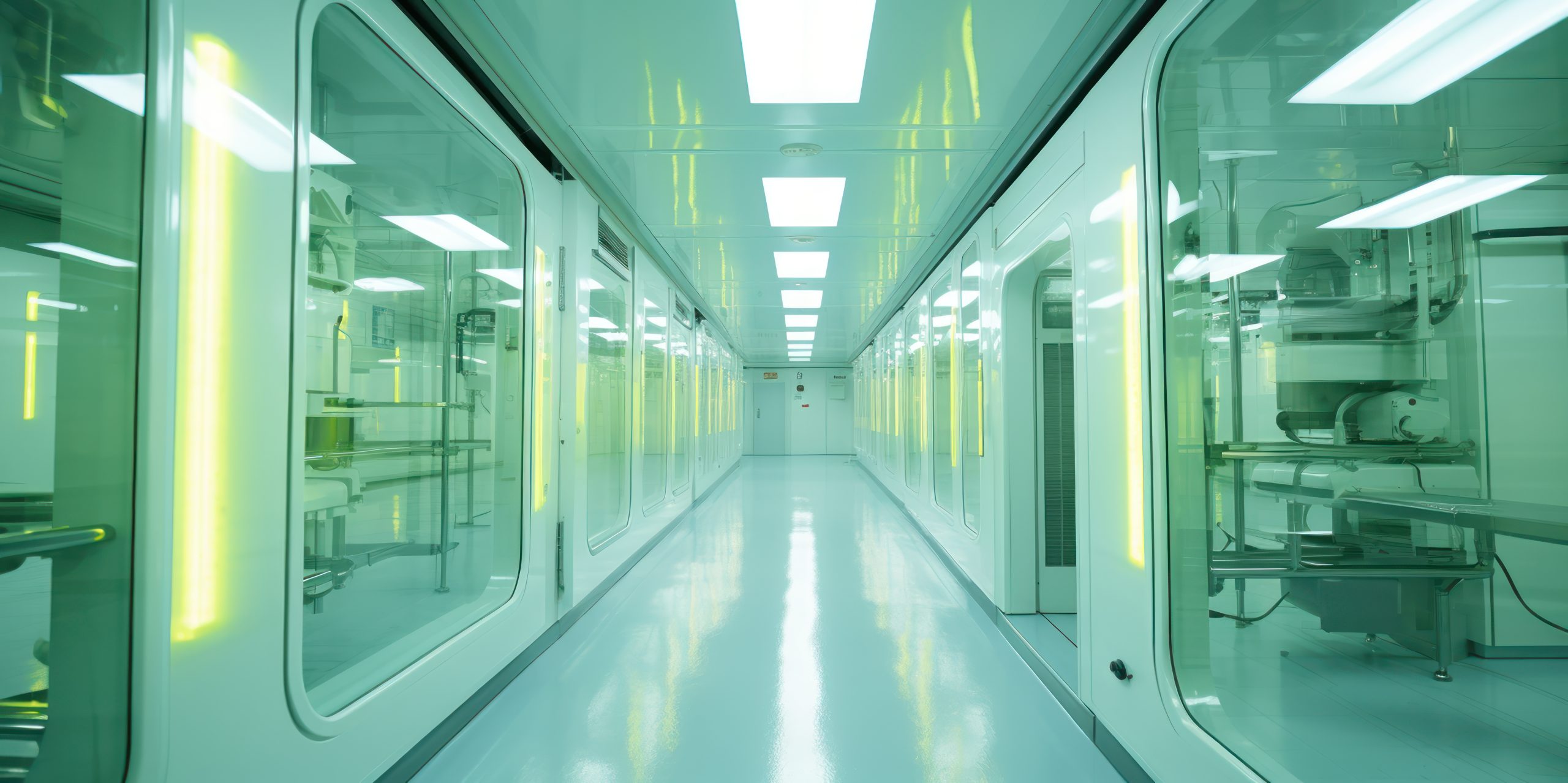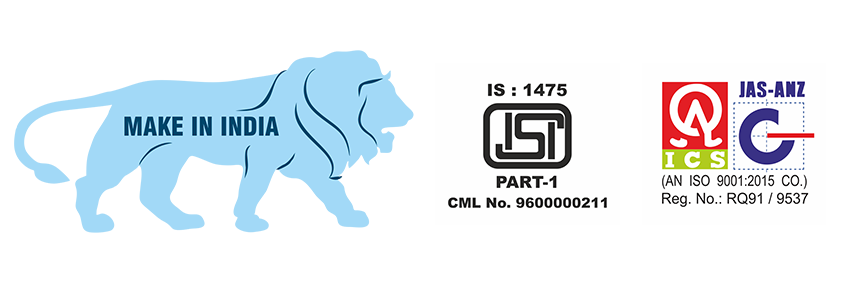The cold chain, a complex network of temperature-controlled supply chain components, is vital for preserving perishable goods like food and pharmaceuticals. Maintaining consistent temperatures is paramount, as even slight deviations can lead to spoilage, waste, and significant financial losses. In this context, 5G private networks are emerging as a game-changer, offering unprecedented levels of connectivity, reliability, and real-time monitoring within cold room environments.
Traditional Wi-Fi or cellular networks often struggle within the dense, metallic structures of cold rooms. These environments can cause signal interference and inconsistent connectivity, hindering the seamless flow of data crucial for effective cold chain management. 5G private networks, deployed specifically for the cold room’s needs, overcome these limitations.
One of the most significant benefits of 5G in cold rooms is its ultra-low latency. This enables near-instantaneous data transfer from sensors monitoring temperature, humidity, and other critical parameters. Real-time alerts can be triggered if deviations occur, allowing for immediate corrective action. This minimizes product loss and ensures regulatory compliance. For example, if a temperature spike is detected, the system can automatically adjust cooling systems or notify personnel to intervene, preventing spoilage.
Moreover, 5G’s high bandwidth facilitates the deployment of numerous sensors and IoT devices within the cold room. This dense sensor network provides granular data, enabling predictive maintenance of refrigeration equipment. By analyzing data patterns, potential equipment failures can be anticipated, reducing downtime and maintenance costs. This proactive approach ensures consistent temperature control and minimizes disruptions to the cold chain.
Furthermore, 5G supports the implementation of advanced technologies like augmented reality (AR) and virtual reality (VR) within cold rooms. AR glasses can guide technicians through maintenance procedures, providing real-time information and instructions, reducing errors and improving efficiency. VR can be used for remote monitoring and troubleshooting, allowing experts to diagnose and resolve issues without physically entering the cold room.
Automation is another area where 5G shines. Automated guided vehicles (AGVs) and robotic systems can be deployed to handle inventory management and product movement within the cold room. 5G’s reliable connectivity ensures seamless communication between these automated systems, optimizing workflows and reducing human error. This automation minimizes the need for personnel to operate in frigid temperatures, improving worker safety and efficiency.
The enhanced security features of 5G private networks are also crucial for protecting sensitive data within the cold chain. Data encryption and secure authentication protocols prevent unauthorized access and ensure the integrity of critical information. This is particularly important for pharmaceutical cold chain management, where data security is paramount for regulatory compliance and product safety.
In conclusion, 5G private networks offer a comprehensive solution for enhancing cold room operations. Their ultra-low latency, high bandwidth, and enhanced security enable real-time monitoring, predictive maintenance, automation, and advanced technologies like AR/VR. By adopting 5G, businesses can optimize their cold chain management, reduce waste, improve efficiency, and ensure the safe and reliable delivery of perishable goods. The implementation of 5G networks in cold rooms is not just an upgrade; it is a fundamental shift towards a more efficient, resilient, and data-driven cold chain.





